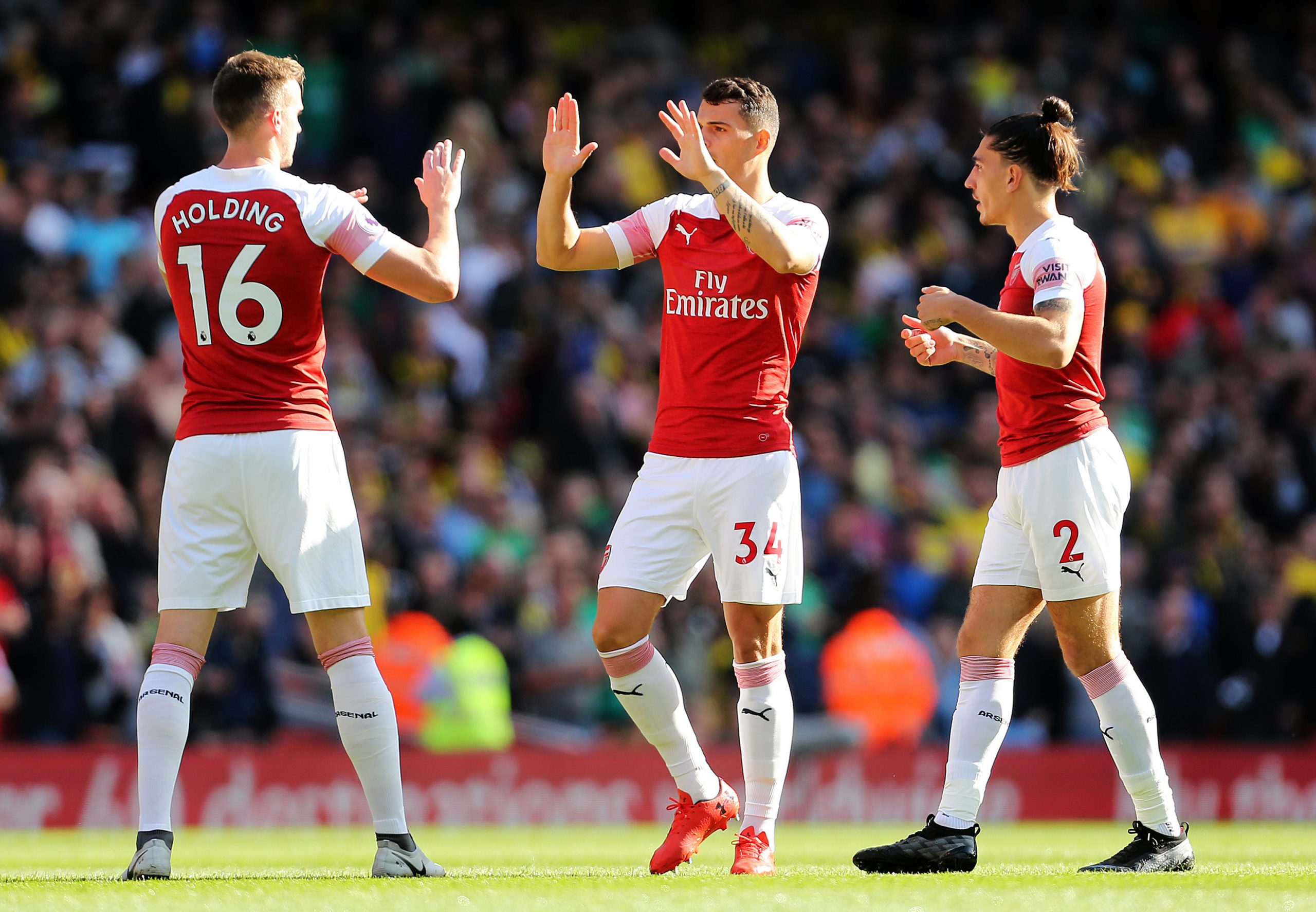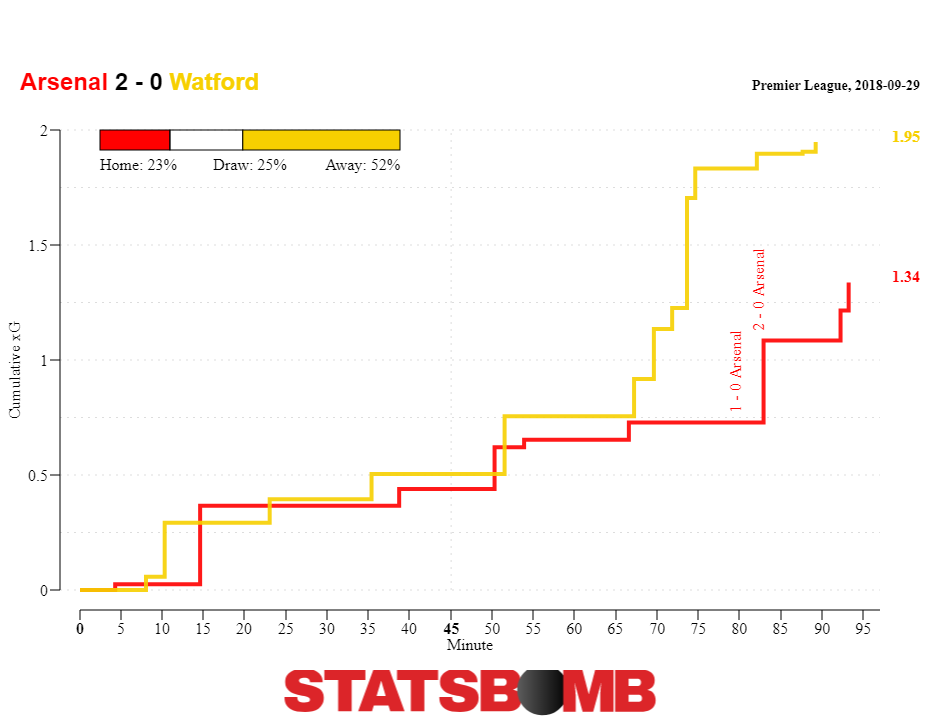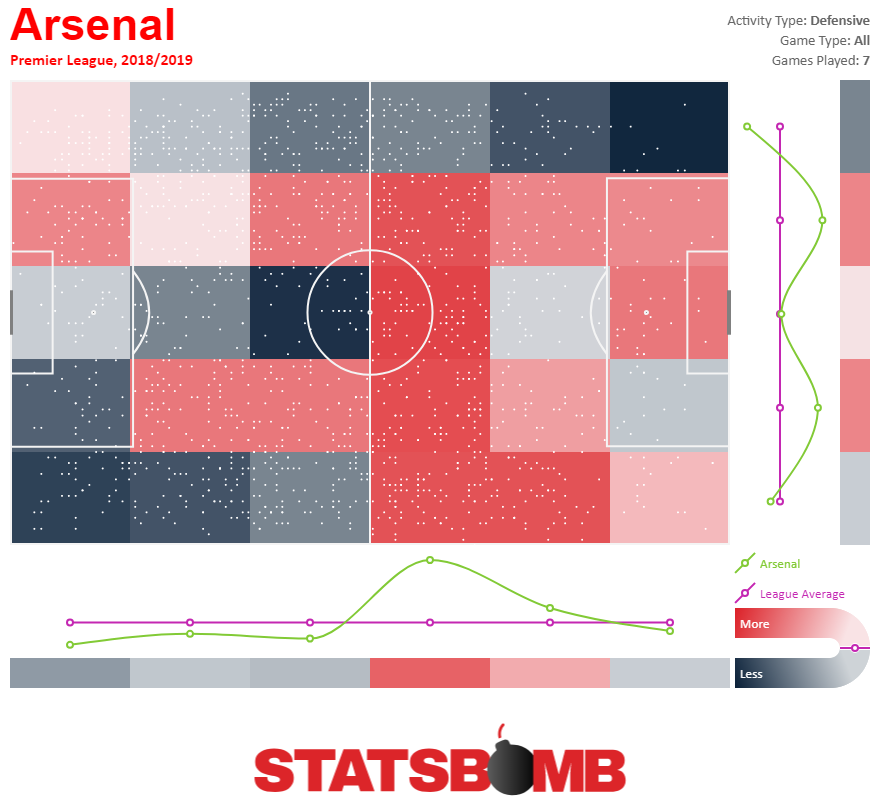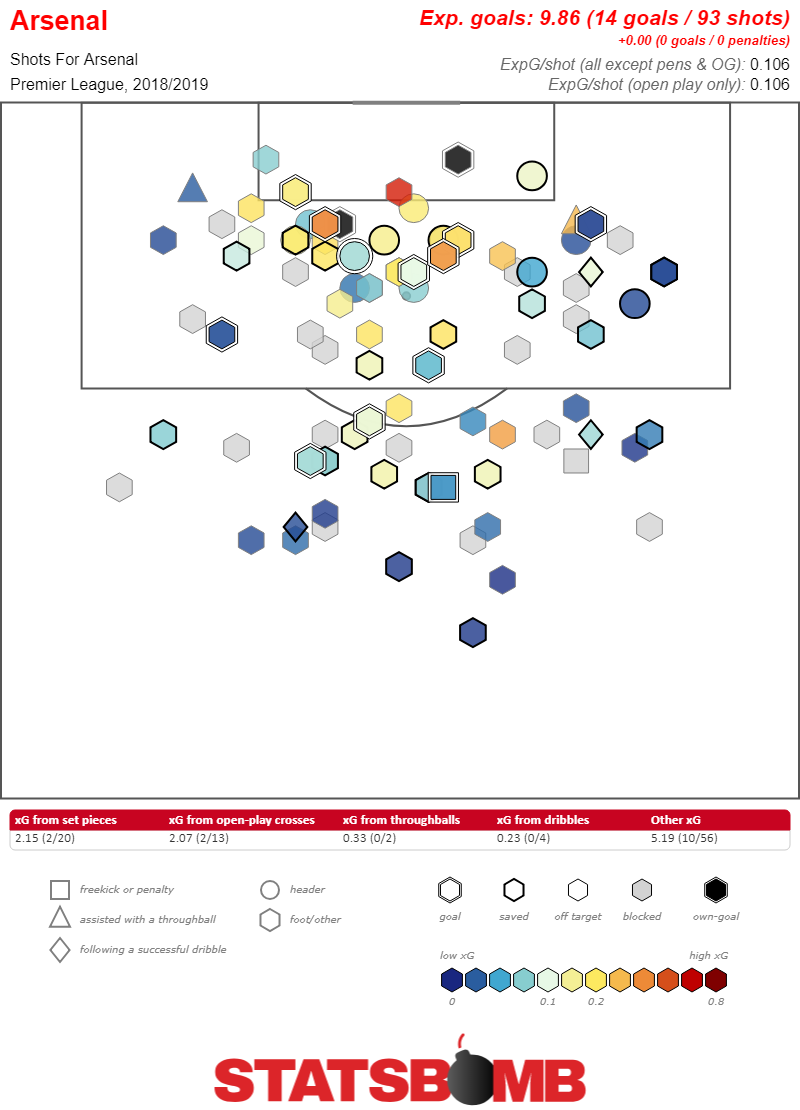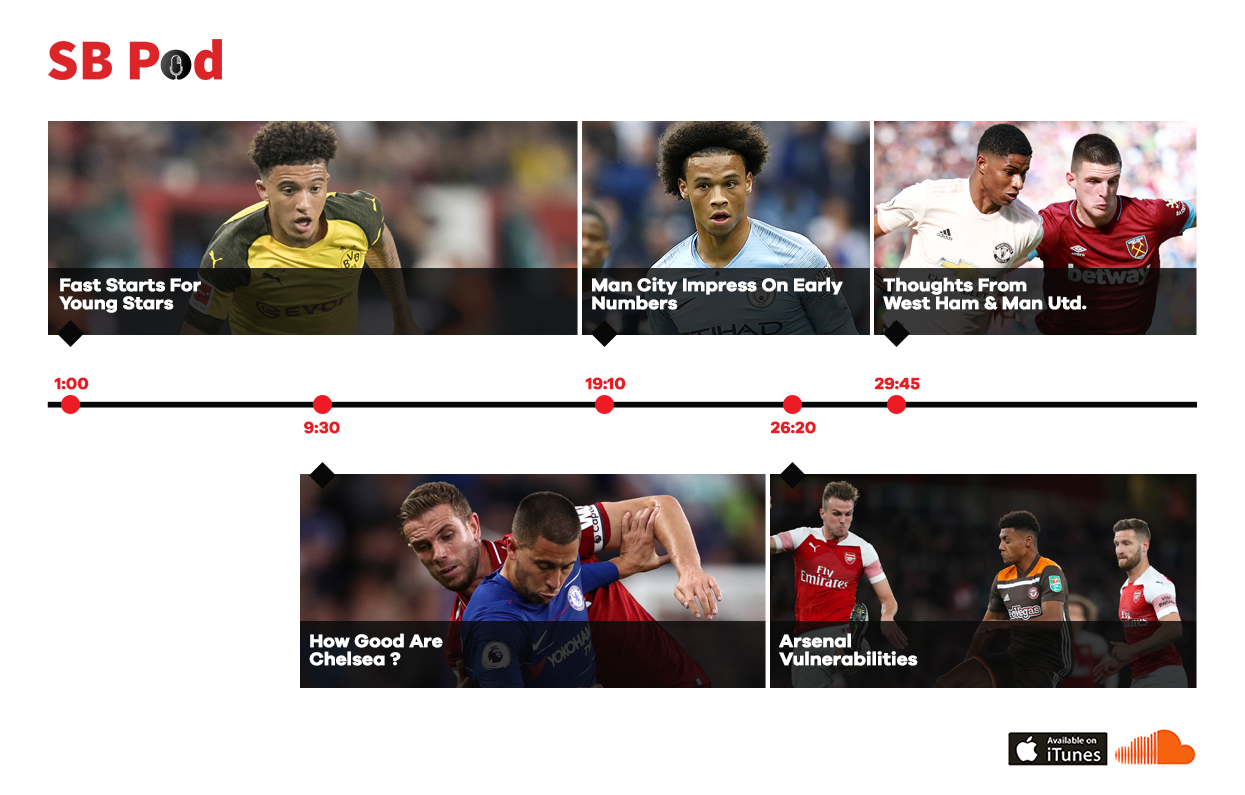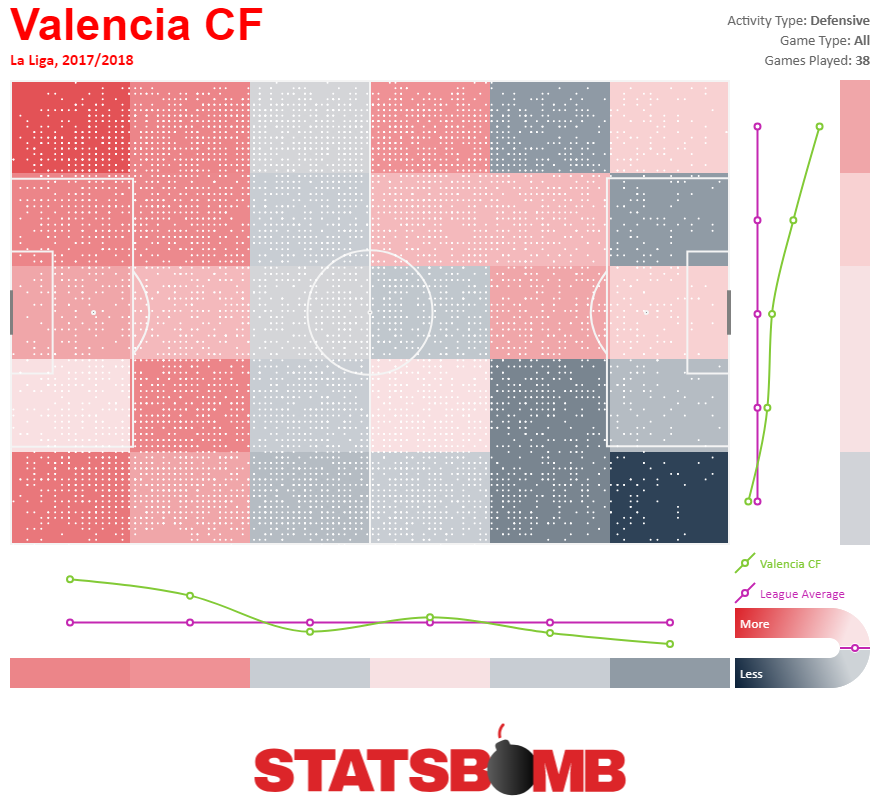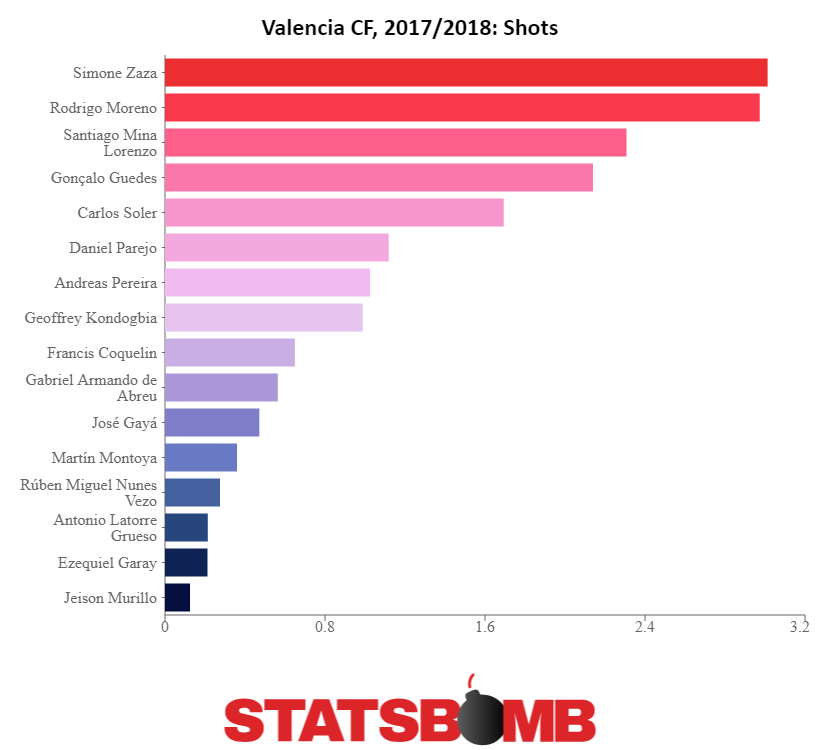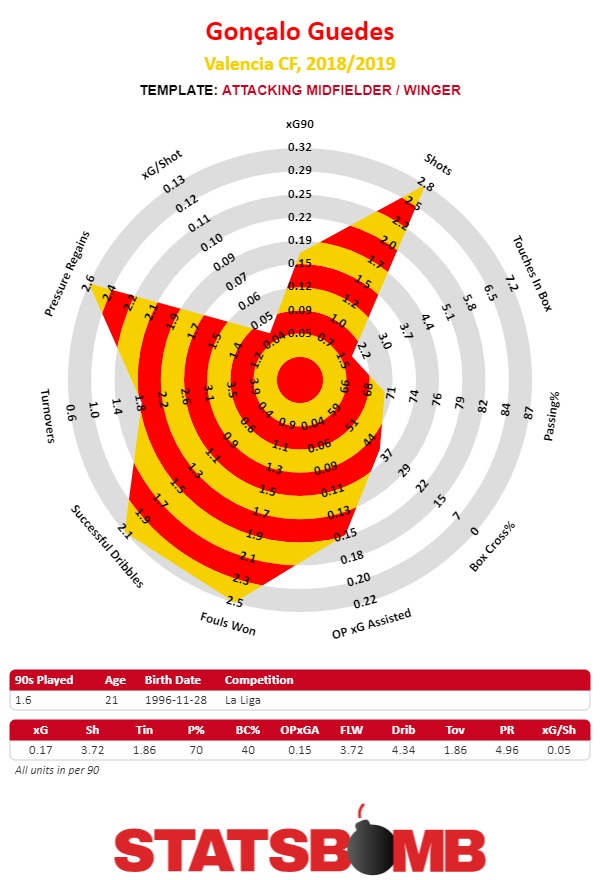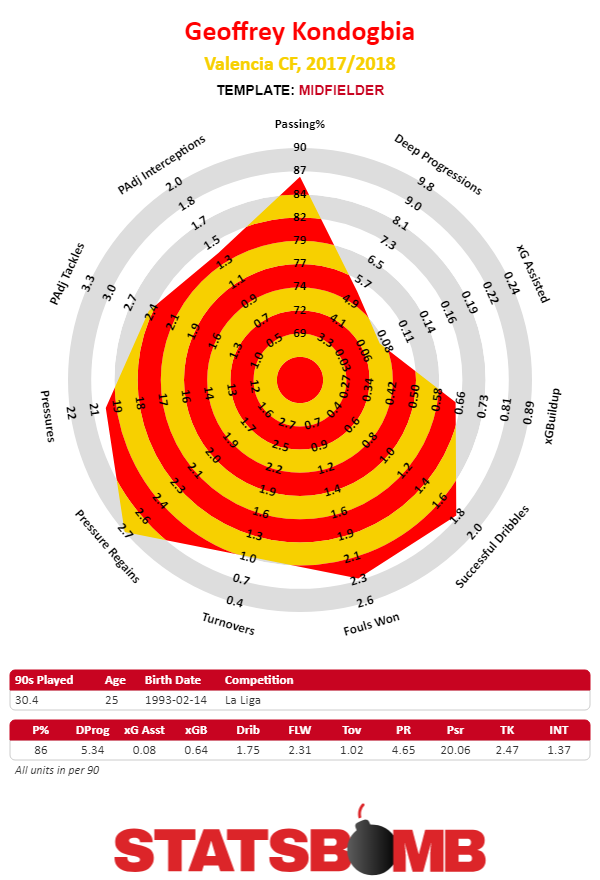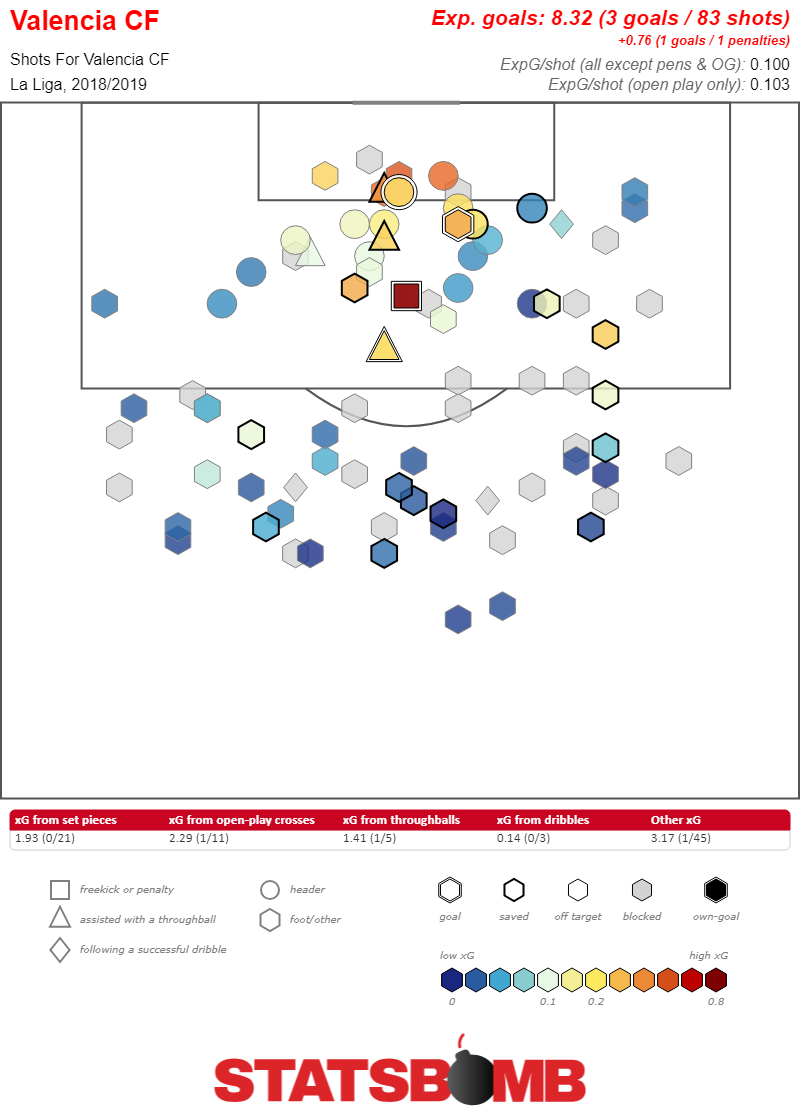It's still early. Even with seven or eight games already played in Europe's biggest leagues, the sample size is too small to come to concrete conclusions. A hot or cold streak can still change a club’s underlying numbers and their season projections in a meaningful way. But by this point, trends can develop. And things that have persisted over the duration of the season to date warrant further investigation. It's possible to being to what's likely to continue from what won't. This is especially important when talking about young players who have performed at a higher level from last season and are perhaps in the beginning stages of “making the leap."
It’s common knowledge that Ligue 1 is a good place to scout for young talents. Lots of young players have successfully transferred out of France. The once popular assertion that Ligue 1 is a tinpot league is now laughable (not to mention that there’s been some good non-PSG sides from Ligue 1 over the past few seasons). At this point, Ligue 1 isn’t quite as much of a hidden inefficiency in the transfer market as it was three or four years ago, and perhaps Ligue 2 is increasingly the place to find gems like Tanguy Ndombele at cut-rate prices. Still, France’s top flight league has tons of talent, if you look in the right places.
At 23, Nicolas Pépé isn’t quite as young as some players that have been profiled in the past. A player’s age-23 year is where he’s beginning the transition from a young talent to one that’s in his prime. Pepe was fine last season as a 22 year old, and considering the mess that he had to experience at Lille, producing 16 combined non-penalty goals and assists in those circumstances was a noteworthy accomplishment. Of course, the skepticism comes when you realize that his production was aided by solidly outperforming his expected goals, something that's not likely to be repeatable from year to year.
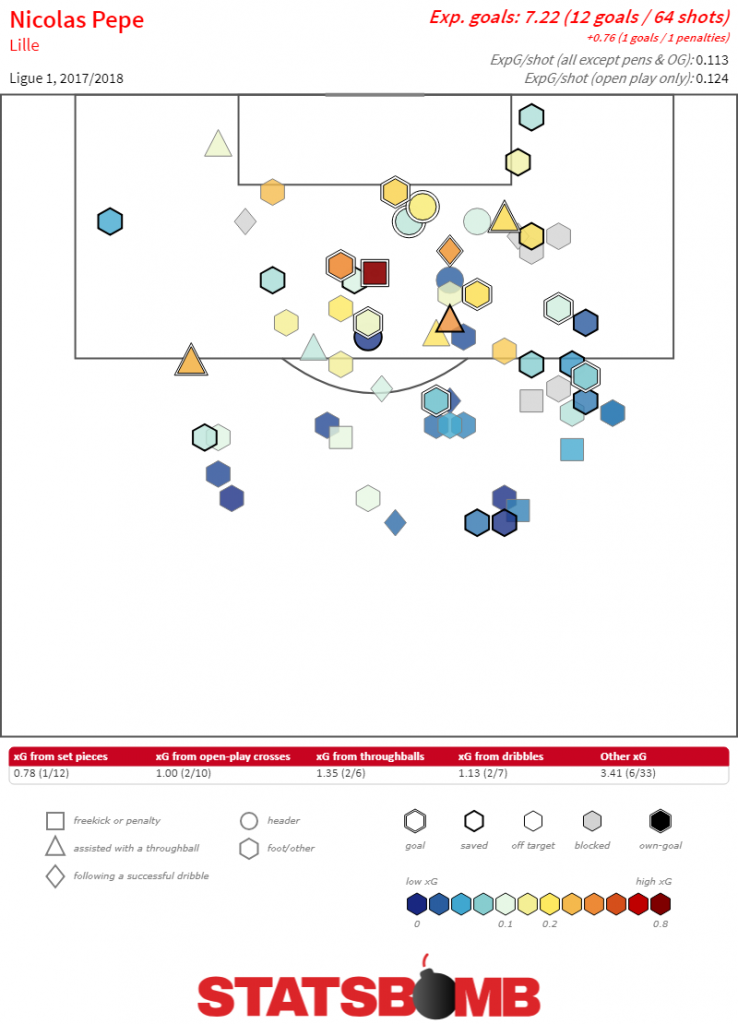
Pepe is building on the good fortune he had last season though, and becoming the type of all encompassing force that you don’t see too often from players at any age. Shooting over four times per 90 minutes with an xG of 0.4 is impressive enough from anyone at any age, but to do it on a team that is at best the 4th-5th most talented side in France is quite impressive. It’s no surprise that Pepe’s name has been linked with bigger clubs with what he’s shown so far.
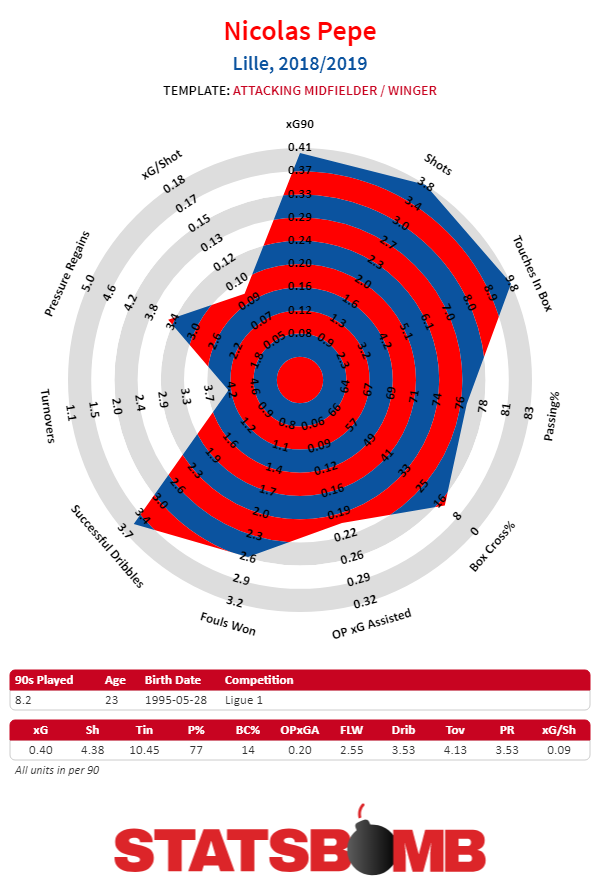
Lille have been one of the better stories within European football this season, currently second in Ligue 1 after eight games along with solid underlying numbers that would suggest that they've been one of the three to four best teams in the league. Pepe’s been a huge part of their early success, acting as a focal point of sorts for their attack. Lille attack by trying to pressure the opposition defensive line by creating a series of one against one duels while trying to exploit the space behind defenders. This plays into the hands of someone like Pepe who’s very fast off the ball, and can try to get on the end of long balls.
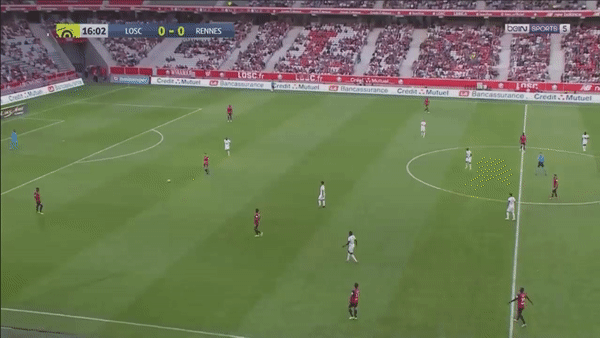
His off-ball movement might be his best trait as a player. He does a good job combining his speed with an understanding of when to apply his athleticism. Despite being listed as a wide player, Pepe has mostly played in the halfspace on the right side. Sometimes he’ll switch spots with a teammate and retreat back near the halfway line to help with possession, other times he’ll try to maneuver himself into space between the midfield and defensive lines. His movement is also valuable because it can lead to opportunity for others, like in this play. Pepe recognizes that he’s blocking a passing lane for a teammate and creating a straight line, so he moves out of the way which allows the pass to be played and eventually ends up in a scoring chance.
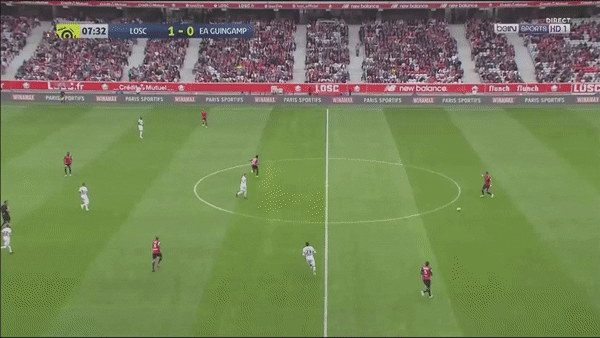
Because of Pepe’s positioning in the right central areas, Lille have their fullback Zeki Çelik sprint up and down the pitch on the right wing to complement Pepe’s inward movements. While this is a common tactic with the growing importance of fullbacks, Celik’s position is aggressive even by modern day standards. He'll often moonlight as a winger during possession. Beyond the understanding of who should occupy which space on the field, there’s a burgeoning relationship with both players using each other to manipulate the defense. When Pepe has the ball while isolated against a defender, he can use the threat of Celik’s runs to create offense for himself.
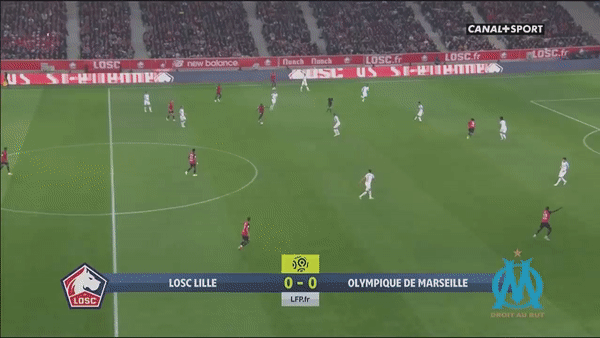
Along with his off-ball credentials, Pepe can be electric on the ball. He displays the type of burst that would make prospective buyers optimistic that it can translate into different leagues and stiffer competition. He isn’t the type of player that you would necessarily want to try and bring the ball forward from deep positions, but a player who can conjure up moments of brilliance within the final third. At his best, Pepe can pull off solo runs into the penalty box that are just electrifying.
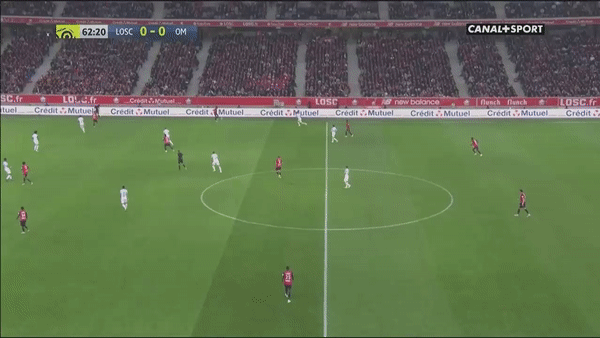
When he’s not trying to take on the entire opposition by himself, there’s subtlety to Pepe’s game. With his proficiency off the ball, he can get himself into open positions and use his coordination to turn and go immediately. He’s also shown the ability to handle the ball in tight areas and lay it off for an incoming teammate to burst into the penalty box for potential cutback opportunities. What might get lost with his high volume shooting or his attempted forays into the penalty box is that he’s a solid passer for what his role demands. He can switch play to the opposite flank, be part of quick hitting actions involving teammates and create chances for others.
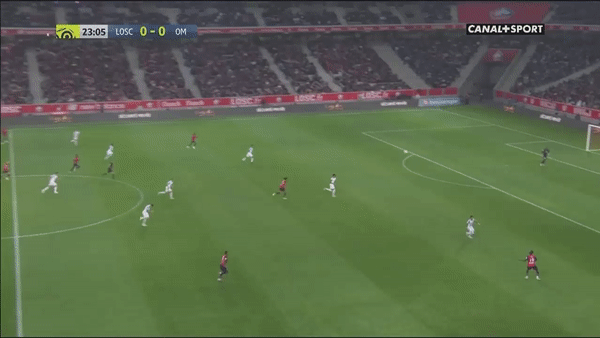
That’s the good with Pepe, and on aggregate he’s firmly been a net positive contributor, but there are areas of concern to his game. Perhaps the biggest one is that he’s quite one-footed, and not only when it comes to shooting. Whether he's trying to beat his man off the dribble or even shielding the ball with an opponent behind him, it’s clear that he’s left footed. Being a one-footed player who primarily operates in the half space can still be manageable because there are more angles to work with, but it makes it harder to become a difference maker. Also, Pepe can sometimes get a little ahead of himself and try to go from zero to 100 in three seconds flat and cough up possession in the process.
It's also hard to project what Pepe might look like in a scaled back role, though that's a question that only matters if he makes a move to a club with more establish talent. Lille need Pepe to be a high volume shot taker for their attack to work and the pluses have outweighed the minuses to this point, but it’s meant that his shot locations have leaned towards death by a thousand long range cuts rather than efficiency. Hopefully in a smaller usage role, his shooting would become a bit more efficient, but that doesn’t happen with everyone. It would be interesting if Pepe could find a little bit of a happy medium where he averages 3.25-3.5 shots per 90 mins and nudges his xG/shot over 0.10
For the context of this season alone, while it would be nice to believe that Pepe's impressive start to the season is sustainable, it’s fair to be skeptical that he’ll continue to produce at this level given the massive year over year jump he's taken. Shooting over four times per 90 and not having horrific shot locations is a hard trick to manage. We’ve also seen young players in the past start off gangbusters before slowing down as the sample increases. Malcom’s final season at Bordeaux last year followed that script where his first couple of months were superb and his production afterwards tailed off fairly significantly. On the whole, 2017–18 still ended up being a solid season for Malcom, and one that resulted in a transfer to Barcelona, but there was a dip in performance as the sample size grew larger.
Even if that turns out to be true with Pepe and we see a drop off moving forward, he’s starting off from such a solid base that his season should still end up being a success so long as he doesn’t have a massive fall in form. And there’s the slight chance that what we’ve seen through two months is closer to where Pepe’s true talent level is at. This looks to be the best team he's ever played on, and he’s at the age where players start to put it all together. Pepe's 2018-19 season will be interesting to monitor as the games continue to pile on, as we'll get a better idea at just how real these two months were.
Header image courtesy of the Press Association
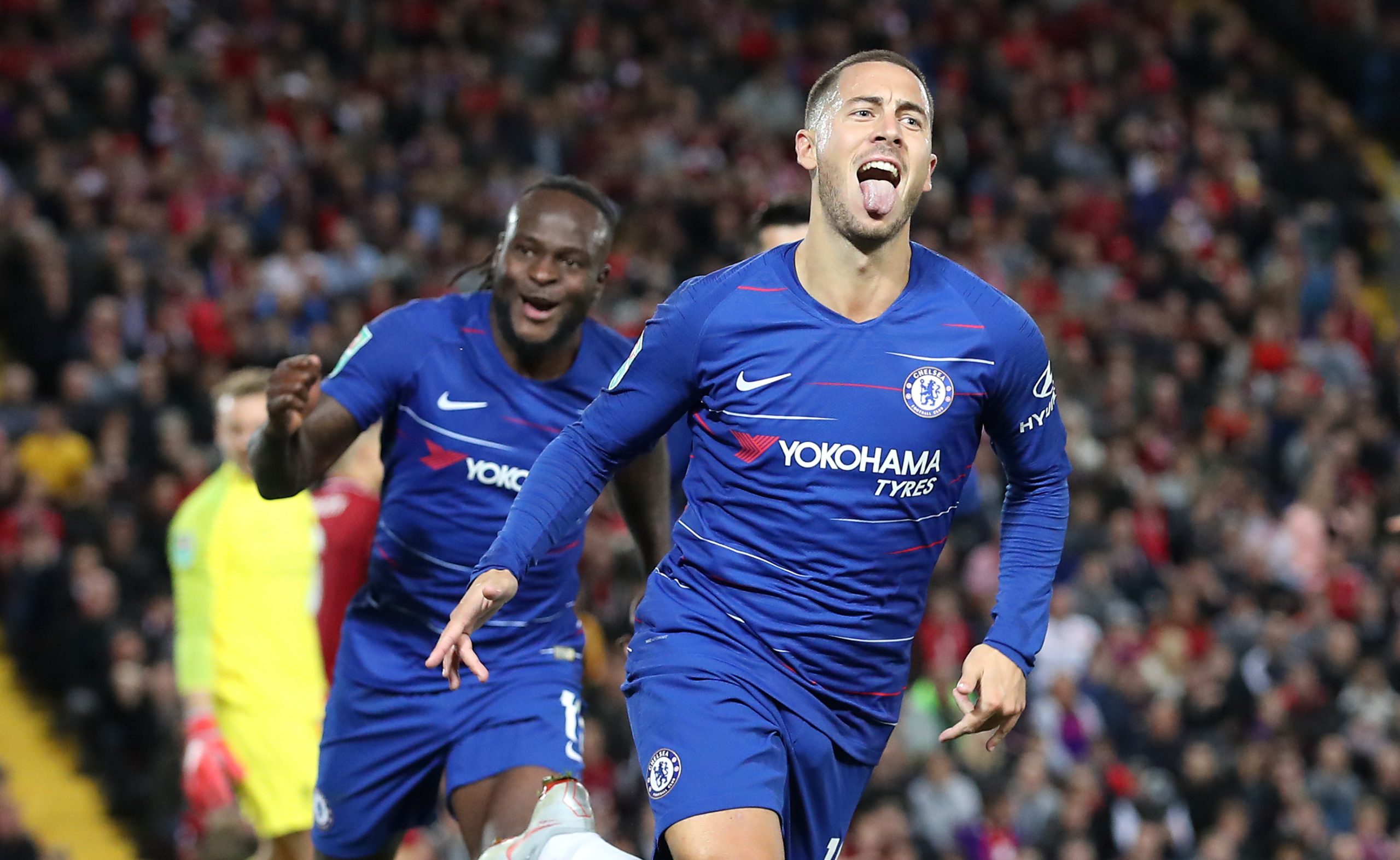
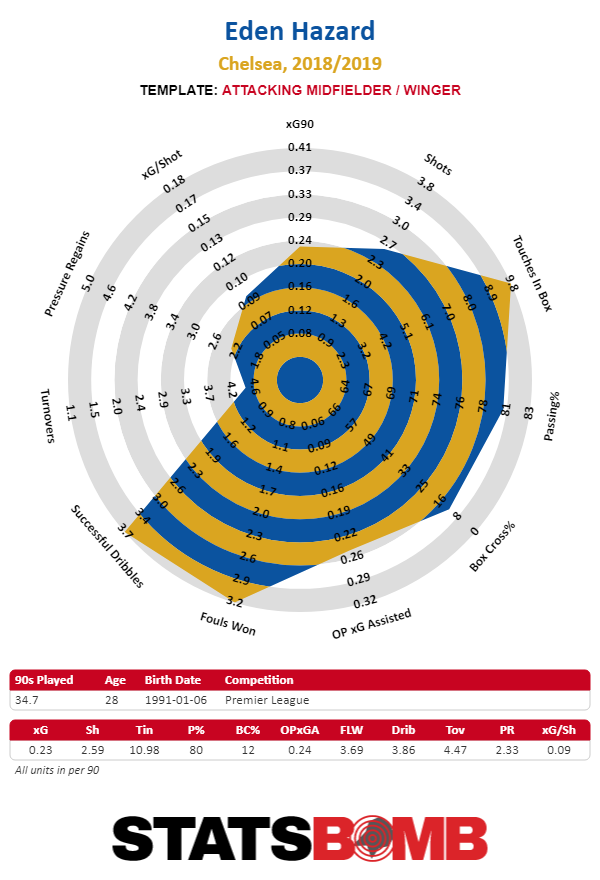



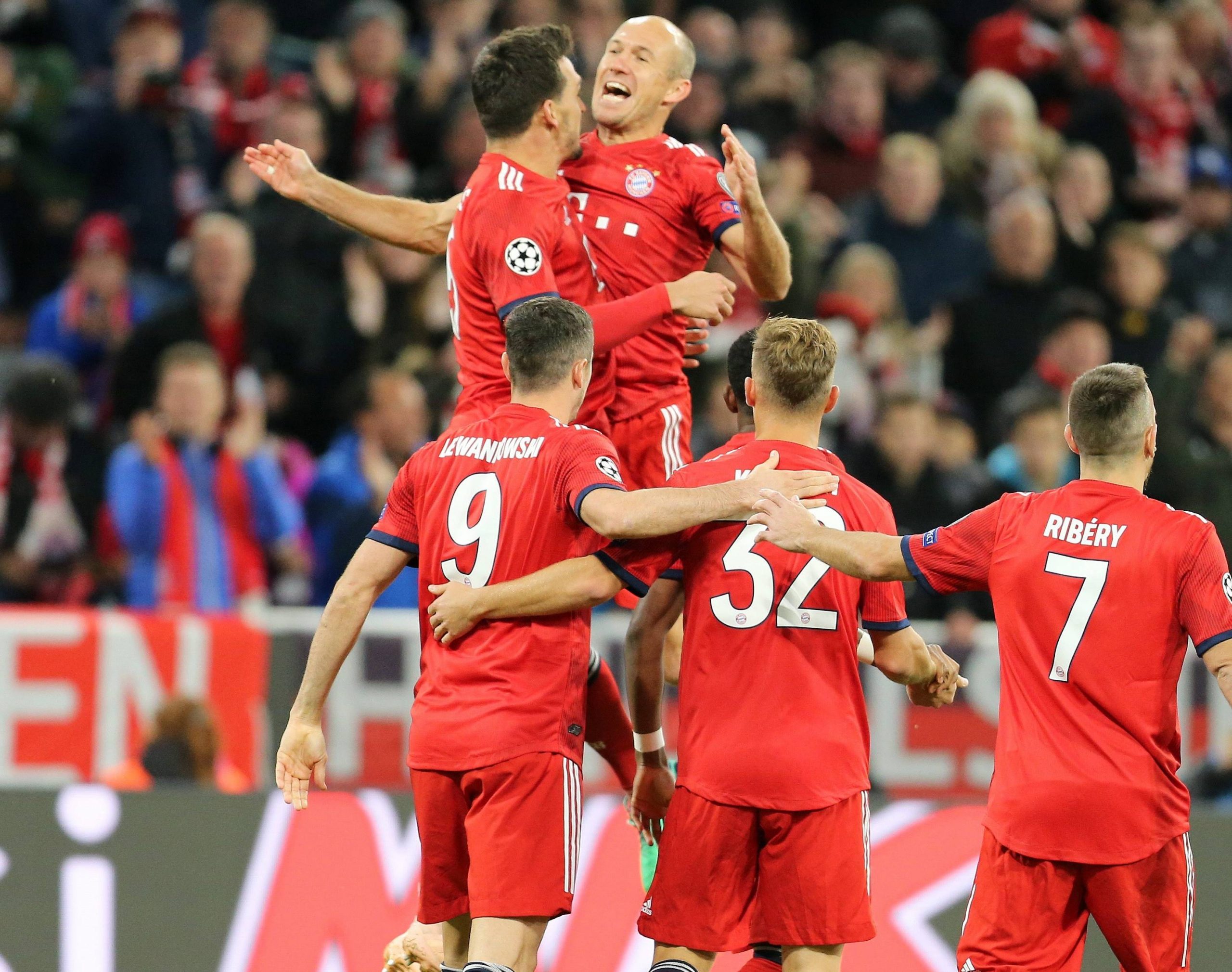
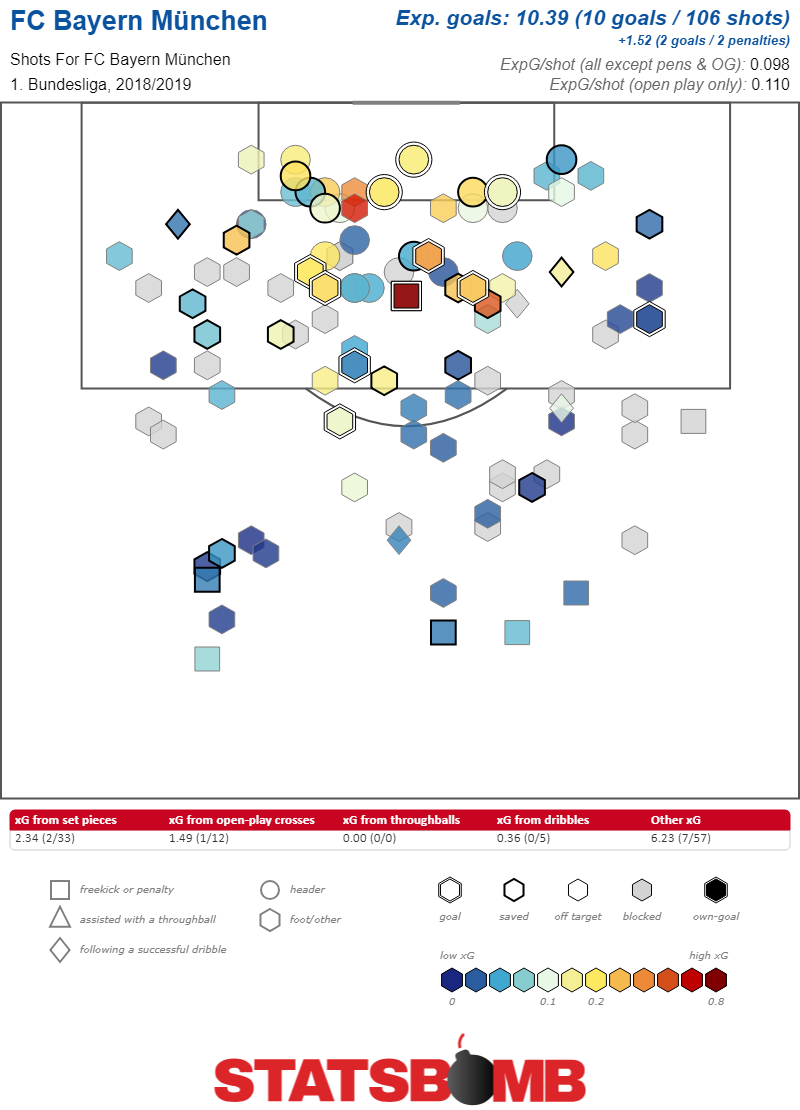 Part of the reason that they operate more like a blunderbuss than a scalpel in attack, is that it serves their defense incredibly well. While it might be fair to categorize Bayern’s attack as good enough, instead of absolutely great, their defense is truly on another level. They are conceding 0.53 expected goals per match. Wolfsburg, at 0.86, is the only other team in the Bundesliga conceding less than 1.10. In other words, sixteen teams in the Bundesliga concede at least twice as many goals per match as Bayern do. Bayern allow 6.83 shots per match. Borussia Dortmund, at 9.50, is the only other team in the league that allows fewer than 11. The team has conceded three non-penalty goals from 41 shots. That’s the list.
Part of the reason that they operate more like a blunderbuss than a scalpel in attack, is that it serves their defense incredibly well. While it might be fair to categorize Bayern’s attack as good enough, instead of absolutely great, their defense is truly on another level. They are conceding 0.53 expected goals per match. Wolfsburg, at 0.86, is the only other team in the Bundesliga conceding less than 1.10. In other words, sixteen teams in the Bundesliga concede at least twice as many goals per match as Bayern do. Bayern allow 6.83 shots per match. Borussia Dortmund, at 9.50, is the only other team in the league that allows fewer than 11. The team has conceded three non-penalty goals from 41 shots. That’s the list. 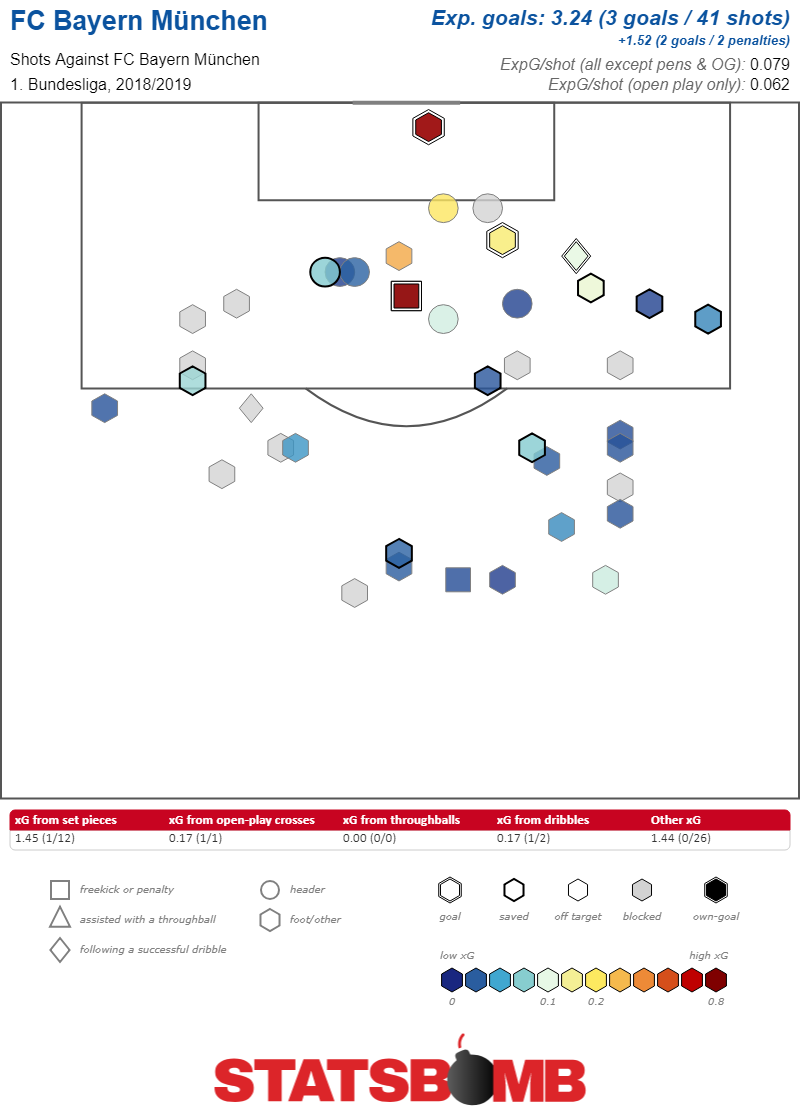 Put the very good attack together with that otherworldly defense and the full picture is a Bayern side that’s just a lot better than everybody else, in ways that will almost certainly become apparent over the course of the season. Despite the table at the moment, the underlying numbers aren’t particularly close.
Put the very good attack together with that otherworldly defense and the full picture is a Bayern side that’s just a lot better than everybody else, in ways that will almost certainly become apparent over the course of the season. Despite the table at the moment, the underlying numbers aren’t particularly close. 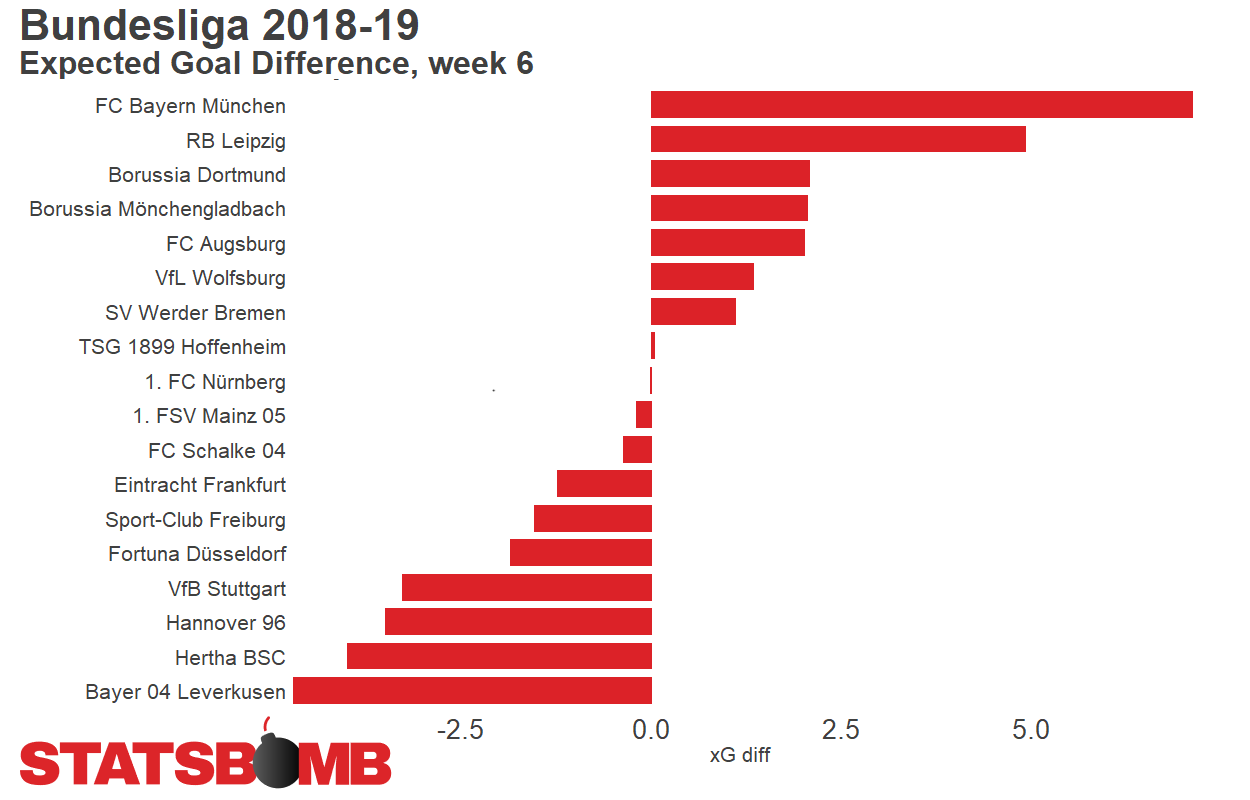 There’s not a lot in Bayern’s individual disappointing results that raises alarm bells either. The draw against Augsburg was the result of a late defensive lapse, the kind of thing which might start to draw concern if it happened repeatedly, but given Bayern’s overall numbers seems like a one-off. Occasionally even the best defensive team will trip over their own feet.
There’s not a lot in Bayern’s individual disappointing results that raises alarm bells either. The draw against Augsburg was the result of a late defensive lapse, the kind of thing which might start to draw concern if it happened repeatedly, but given Bayern’s overall numbers seems like a one-off. Occasionally even the best defensive team will trip over their own feet. 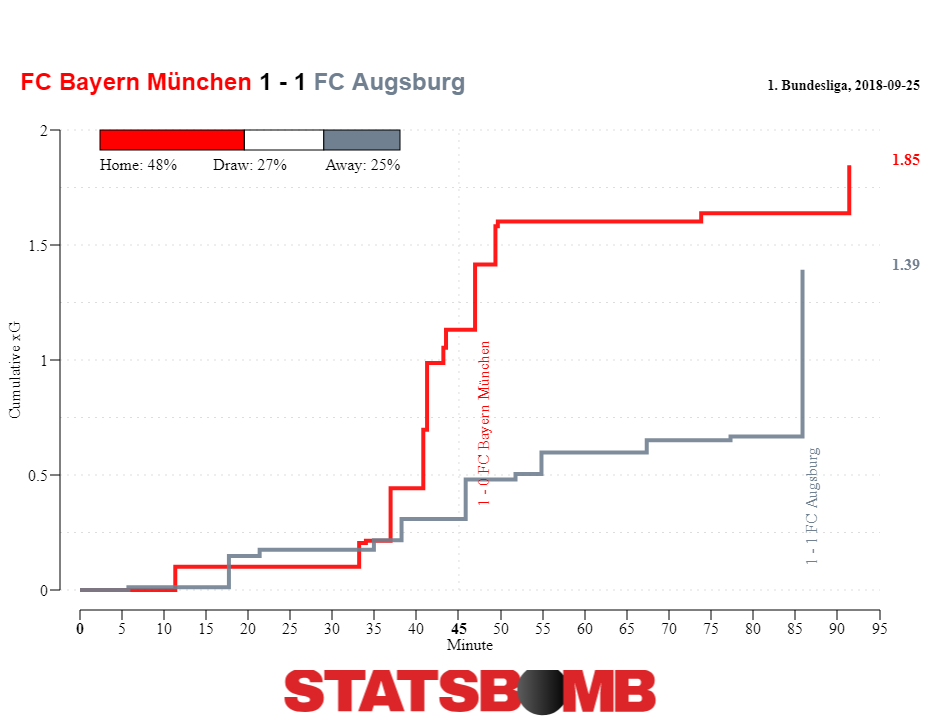 The Hertha match was even more shocking, and even less concerning. Yes Bayern conceded an early penalty, and then a second from a cross just before halftime. They also piled on the pressure in the second half to an absurd degree, and just couldn’t quite overcome the wounds. Hertha had two goals from six total shots. They managed just two shots after halftime, one in the 94th minute. Bayern meanwhile poured it on, creating three really good chances, and approximately infinite marginal ones. The shot total was 24-6 by the end of the match, and the expected goals were 1.75-1.19. Sometimes stuff happens.
The Hertha match was even more shocking, and even less concerning. Yes Bayern conceded an early penalty, and then a second from a cross just before halftime. They also piled on the pressure in the second half to an absurd degree, and just couldn’t quite overcome the wounds. Hertha had two goals from six total shots. They managed just two shots after halftime, one in the 94th minute. Bayern meanwhile poured it on, creating three really good chances, and approximately infinite marginal ones. The shot total was 24-6 by the end of the match, and the expected goals were 1.75-1.19. Sometimes stuff happens. 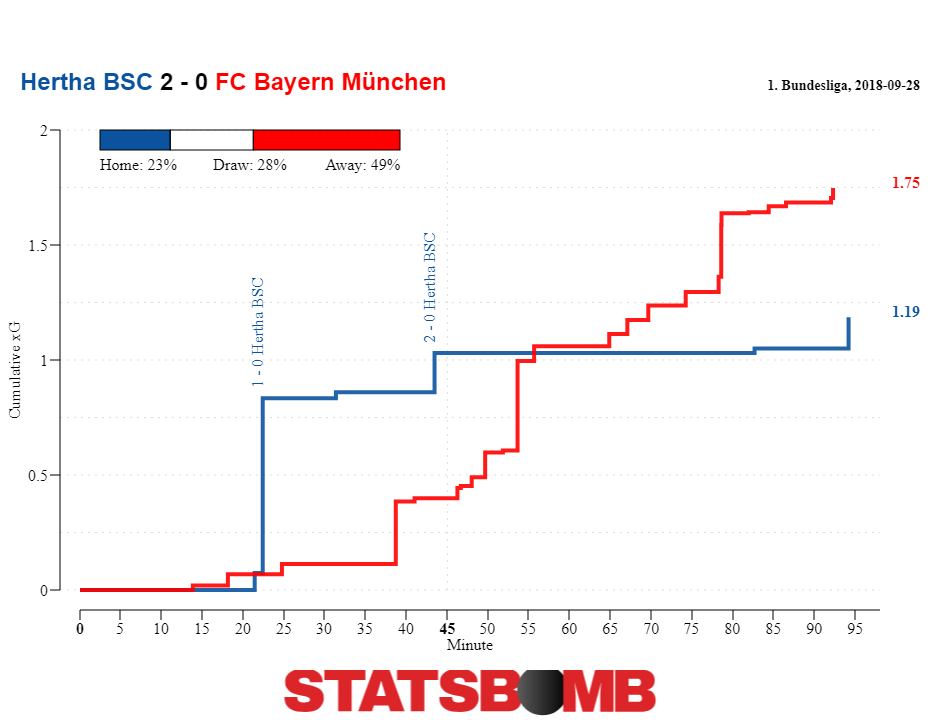 Ultimately there’s just no reason to worry about Bayern right. Their numbers are great, clearly the best in the league, their results will follow. In fact, the bigger worry for the Bundesliga is that Bayern might be too good. If the expectation is that Bayern are so good that every game is a must win, that’s a reflection on the current state of the rest of the league. Sometimes stuff happens. A random penalty, a defensive lapse, those are supposed to be normal occurrences. Good teams sometimes lose. If the Bundesliga has become so stratified that Bayern shouldn’t lose, even when everything goes wrong, that’s a sign of an unhealthy league. Bayern are going to be fine. They’re going to go back to winning games and smothering teams, and absolutely strangling the life out of the rest of the Bundesliga. The real question is whether the Bundesliga will be fine as well. If Bayern is so dominant that dropping four points is a crisis, what does that say about everybody else? Header image courtesy of the Press Association
Ultimately there’s just no reason to worry about Bayern right. Their numbers are great, clearly the best in the league, their results will follow. In fact, the bigger worry for the Bundesliga is that Bayern might be too good. If the expectation is that Bayern are so good that every game is a must win, that’s a reflection on the current state of the rest of the league. Sometimes stuff happens. A random penalty, a defensive lapse, those are supposed to be normal occurrences. Good teams sometimes lose. If the Bundesliga has become so stratified that Bayern shouldn’t lose, even when everything goes wrong, that’s a sign of an unhealthy league. Bayern are going to be fine. They’re going to go back to winning games and smothering teams, and absolutely strangling the life out of the rest of the Bundesliga. The real question is whether the Bundesliga will be fine as well. If Bayern is so dominant that dropping four points is a crisis, what does that say about everybody else? Header image courtesy of the Press Association